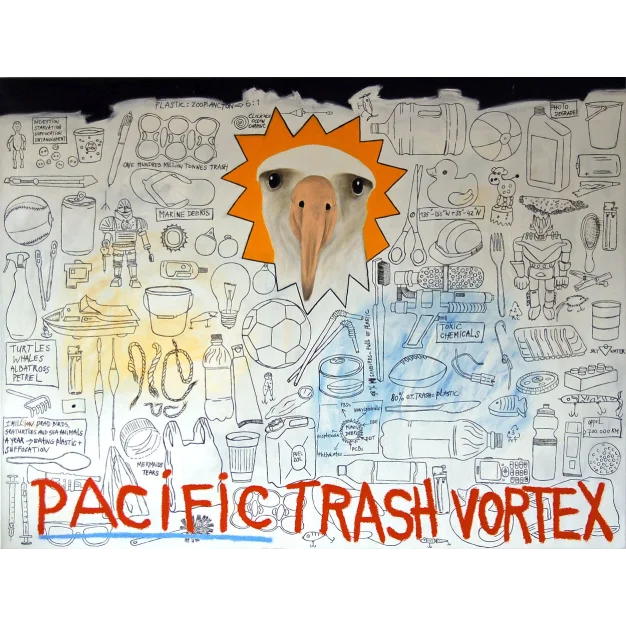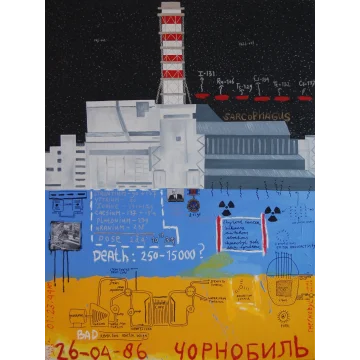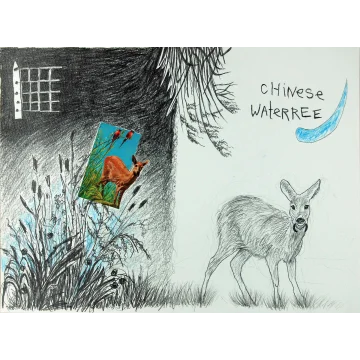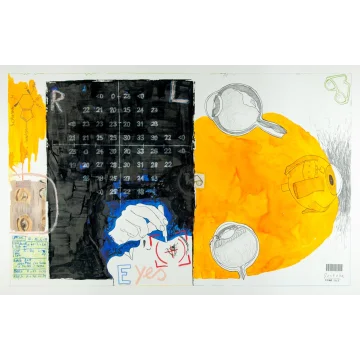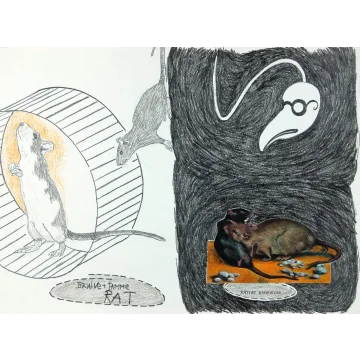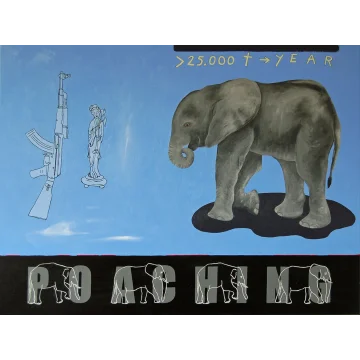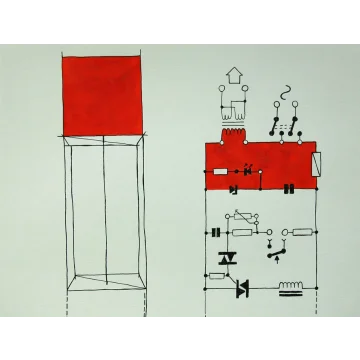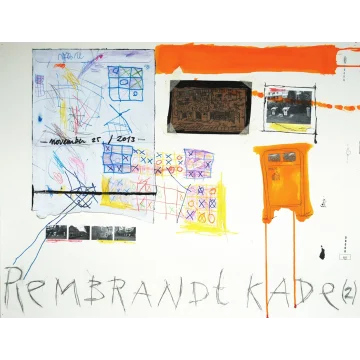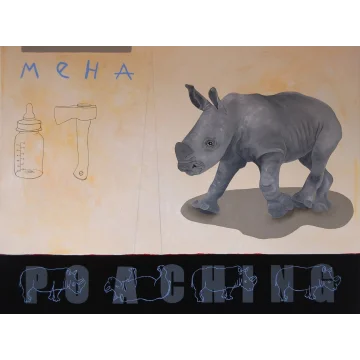About the work
The garbage whirlpools in almost all oceans (Pacific Trash Vortex or Great Garbage Patch) are floating concentrations formed by ocean currents, particularly of plastic waste. Without measures, the plastic soup will become 30 times larger between now and 2015. The plankton to plastic ratio is 1:6. 80% of the waste comes from land, 20% from ships. On every 1.5 km², 46,000 plastic particles float around. Experts calculated that between 5 and 13 million tons are dumped into the sea each year. It is mainly countries with rapid economic growth that contribute to the plastic soup (e.g., China and Indonesia).
The floating pieces and bits of plastic resemble food and are therefore eaten by fish, birds, whales, seals, and sea turtles. 98% of seabirds have plastic in their stomachs, averaging as much as 30 pieces! Many animals also get tangled in the plastic and die for that reason.
Specifications
| Publisher | Emmy Gostelie |
|---|---|
| Framed | Not included |
| Condition/details | Good |
| Signature | Included |

